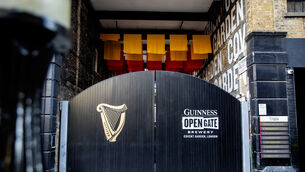Iceland ‘shows the way’ on bailout recovery
Iceland’s commitment to its programme, a decision to push losses on to bondholders instead of taxpayers, and the safeguarding of a welfare system that shielded the unemployed from poverty helped propel the nation from collapse toward recovery, according to the organisation.
“Iceland has made significant achievements since the crisis,” Daria Zakharova, IMF mission chief to the island, said. “We have a very positive outlook on growth, especially for this year and next year because it appears to us that the growth is broad-based.”
















